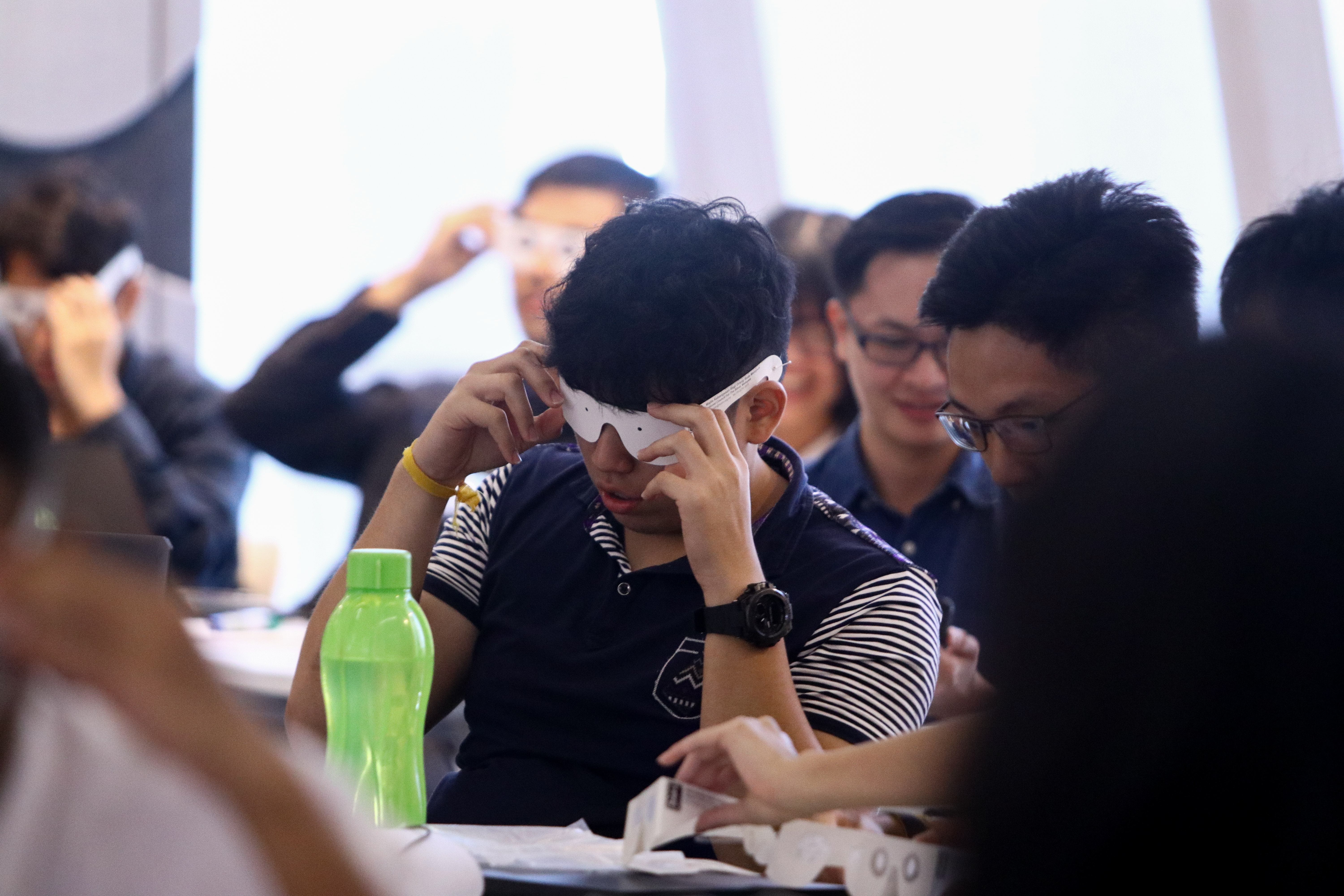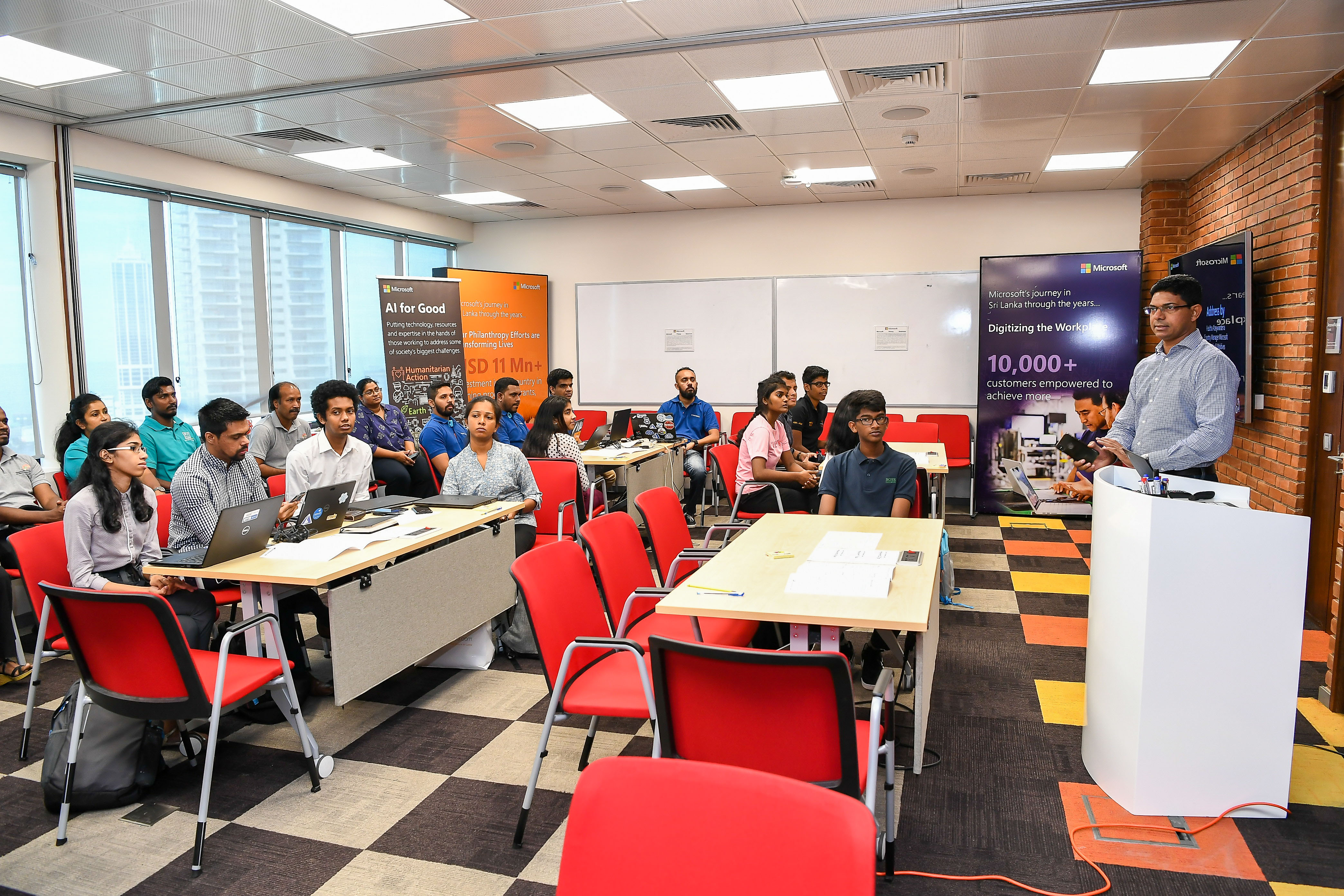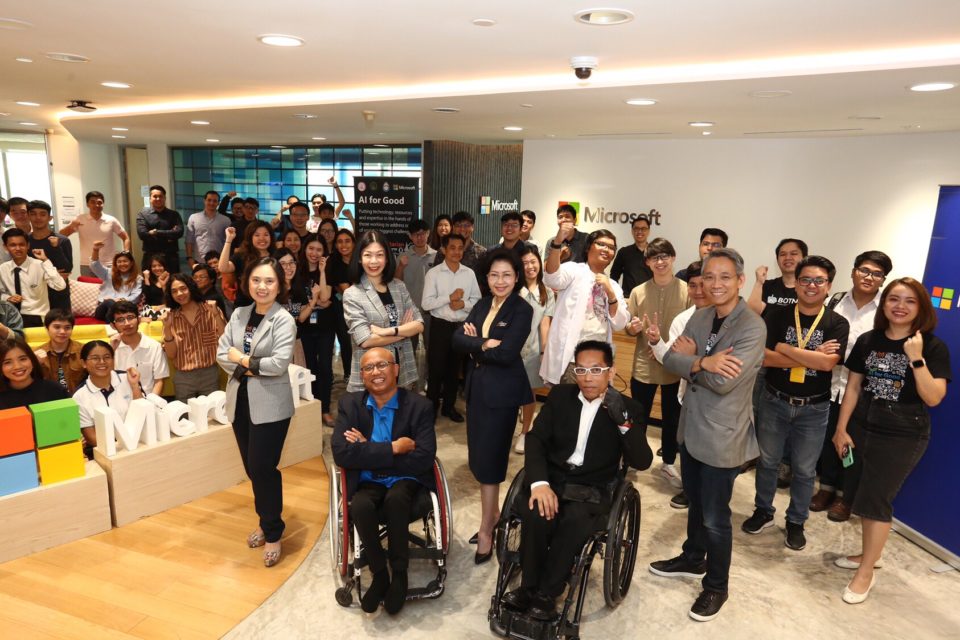Developers, partners, customers, and employees brainstorm to empower everyone
By Pratima Amonkar, Accessibility Lead, Microsoft Diversity & Inclusion, Microsoft APAC
 According to the World Health Organization, more than 1 billion people in the world today need assistive technology. This includes low vision, hearing, mobility and even cognitive aids. Most people with disabilities — an estimated 70 percent — have non-apparent disabilities. And every one of us will face some type of disability at some point in our lives, whether temporary, situational, or permanent.
According to the World Health Organization, more than 1 billion people in the world today need assistive technology. This includes low vision, hearing, mobility and even cognitive aids. Most people with disabilities — an estimated 70 percent — have non-apparent disabilities. And every one of us will face some type of disability at some point in our lives, whether temporary, situational, or permanent.
Closer to home, 650 million of people with disabilities come from Asia Pacific alone – approximately 1 in 6 people in the region. People with disabilities are twice as likely to be unemployed compared to those without a disability. And currently, 80 percent of people with an Autism Spectrum Disorder are unemployed.
We have an opportunity to empower a massive shift in creating more inclusive classrooms and workplaces to impact education and employment opportunities for people with disabilities. Unfortunately, only 1 in 10 of people with disabilities have access to the products that they require due to the high cost of existing technology, as well as the lack of availability and awareness of such solutions.
Our First AI for Accessibility Hackathon
To address this, Microsoft organized its first-ever AI for Accessibility hackathon in Asia Pacific with our Philanthropies team, bringing together over 400 participants in eight countries to conceptualize and prototype AI solutions that can transform the daily lives of people with disabilities. At the AI for Accessibility Hackathon, teams of university students and young developers worked side-by-side with our customers, partners, start-ups and non-profit organizations to tackle more than 23 different problem statements, identifying opportunities to use AI to build a more inclusive and accessible world around us. Their solutions were developed on Microsoft Azure and used Power Apps to create solutions that tackle problems faced by the community every day.
Team Grab from Singapore on their communication solution for people with autism
Participants collaborated on creative and innovative solutions to assist people with low hearing and vision. In Indonesia, Team Gravicode came up with a mobile app that allows the deaf and hard of hearing to receive real-time information on announcements made in public spaces. Team IHearU from Malaysia developed an app that interprets sign language via computer vision and machine learning. Over in the Philippines, Team Eye Browser prototyped a formatted browser with features that facilitated easy Internet navigation for the blind.Problem statements on intellectual disabilities were also tackled. Team Wonder World from Thailand developed a job portal app with a gamified interface that empowered people with autism to independently find employment, while Korea University’s Language Processing & AI Laboratory team built an application that used pictograms to enhance communication and language learning for children with development and intellectual disabilities.

The teams then presented to a panel of judges, and the top 3 winning ideas will be coached to apply for Microsoft’s AI for Accessibility grants, and bring their ideas one step closer to reality.
Winning ideas from Sri Lanka, Vietnam and Singapore included those developed for individuals with physical disabilities. Walkémon Go, an intuitive, self-assessment mobile application solution by Team MillenniumIT ESP from Sri Lanka was created for children with gait and other mobility conditions. A team from Vietnam’s Disability Research and Capacity Development Center (DRD), comprising team members with disabilities, worked on integrating AI technology with Microsoft’s existing D-Map mobile app, allowing individuals who use wheelchairs to more easily plan their routes when on-the-go, in the city. In Singapore, a smart bed solution was developed for people with severe disability and who are prone to bed sores.
Team BB14 from Singapore on their smart bed solution for people with severe disability
Accessibility and inclusion are essential to delivering on our mission to “empower every person and every organization on the planet to achieve more”. The AI for Accessibility hackathon is just one of Microsoft’s many initiatives towards this mission and we’re grateful for the support of our customers and partners – thank you to ConnectedLife, Crayon, Digital Dialog, Fortude, Grab, Innodep, Justanalytics, LinkedIn, PaloIT and XOPA.AI – for the enthusiasm and participation in this hack for good.
Assistive technologies and solutions enable everyone to fully participate in society. And inclusion drives innovation. Diverse backgrounds and points of view can enable the positive changes we need in the world. With this, we’d also like to give a big thank you to the more than 400 participants; we’re happy that many of them, including Michelle Lachica from NTT Data Philippines found the experience very rewarding, and we hope that they will continue to develop solutions and innovate for good.
“Very excited to be a winner at the first AI for Accessibility Hackathon!” shared Yang Zhengzhi and Vishnu Pratap from Team XOPA.AI on their virtual mentor solution for people with autism
Investing in an Accessible Future
Microsoft is passionate about being at the forefront of creating technology and solutions designed by and WITH people with disabilities in mind. That doesn’t just begin and end with the products we create. It extends to the culture of our workplace and to the systemic approach to inclusion in everything we do, such as: hiring people with disabilities, creating inclusive marketing and communications, and the standards to which we hold our partners and vendors.
We are driven by innovative ideas for good. The Xbox Adaptive Controller – a product from a previous hackathon in the US – is one example of how we challenged ourselves to create solutions accessible to everyone. Beyond the controller’s design, we were determined to make the entire consumer experience inclusive, even to the intricacies of product packaging. This has allowed our avid gamers – including Sai from New Zealand who has one arm – the chance to immerse themselves in their favorite hobby despite their limitations in mobility. Such ideas inspire us to continue working with anyone who is passionate about building a more inclusive and accessible world.

Recently, we partnered with Special Olympics Asia Pacific to launch SPROUT – an inclusive fitness application for people with intellectual disabilities (ID), developed to encourage them to lead active lifestyles. The app encourages users to exercise regularly by completing exercise routines, incorporating features including animated exercise videos, auditory cues and an accessible user interface.
Our mission is to create a world in which every person on the planet is empowered to achieve more, regardless of how they communicate, see, hear, or move. In the years ahead, technology has the potential to truly empower people with disabilities in new ways. As a society, we can change demographics that haven’t materially shifted in the past 30 years. From turning education statistics upside down to improving the unemployment rate, technology will play an increasingly important – and seamless – role in making the world more inclusive.
I believe the sky is the limit when technology reflects the diversity of everyone who uses it and at Microsoft, we are proud to be leaders in inculcating a culture of inclusivity that extends to our customers, partners and society.
Editor’s note — This article was updated for clarity on 20 February, 2020.





